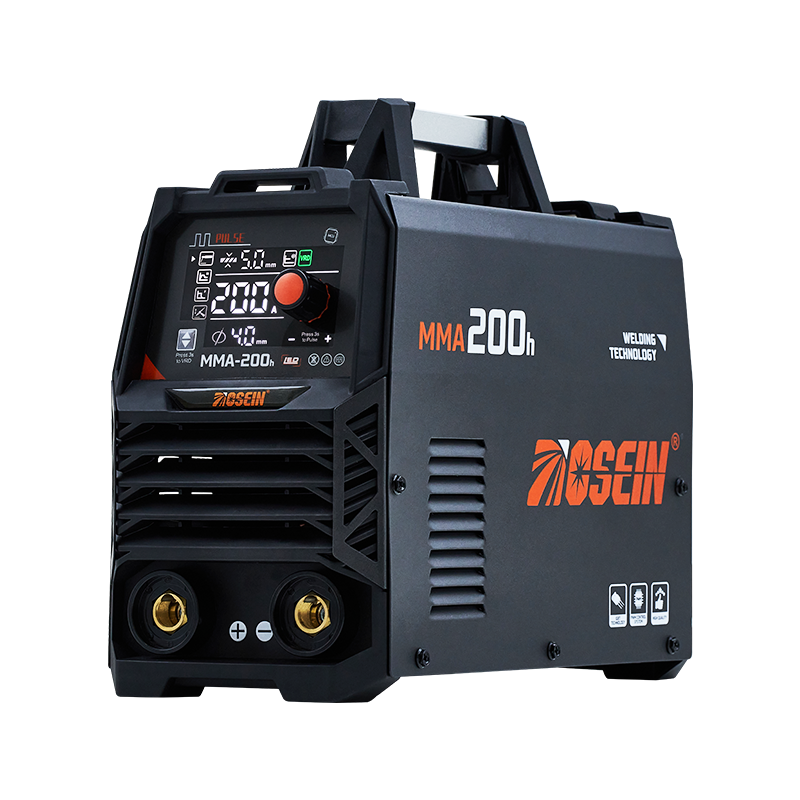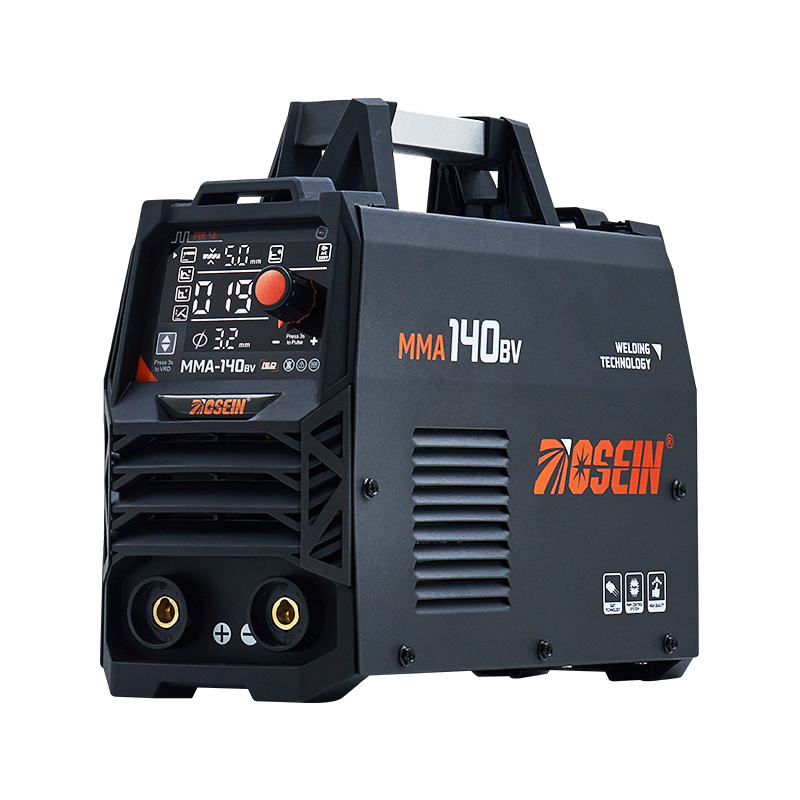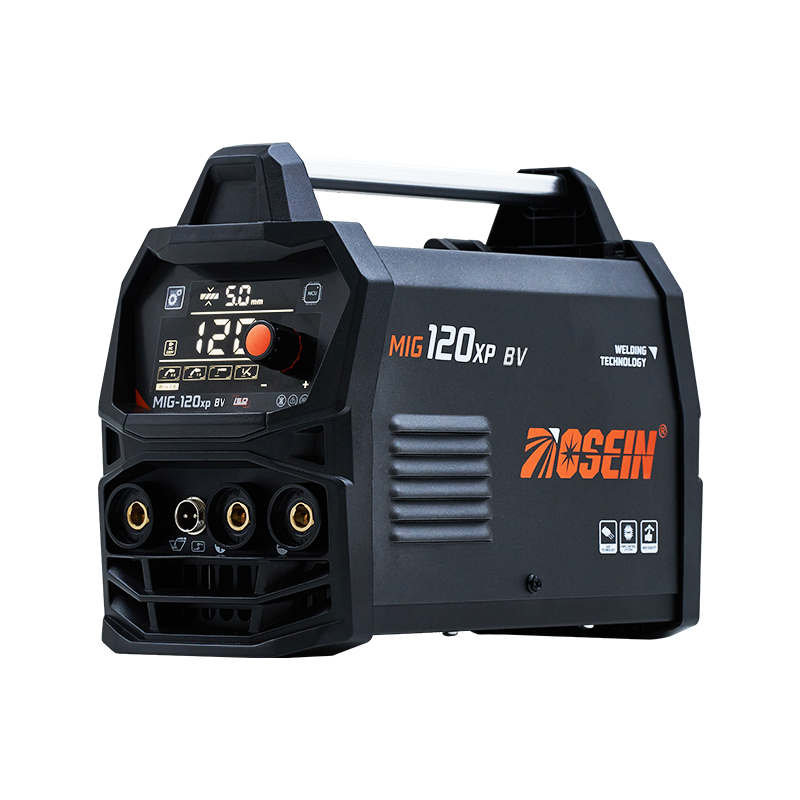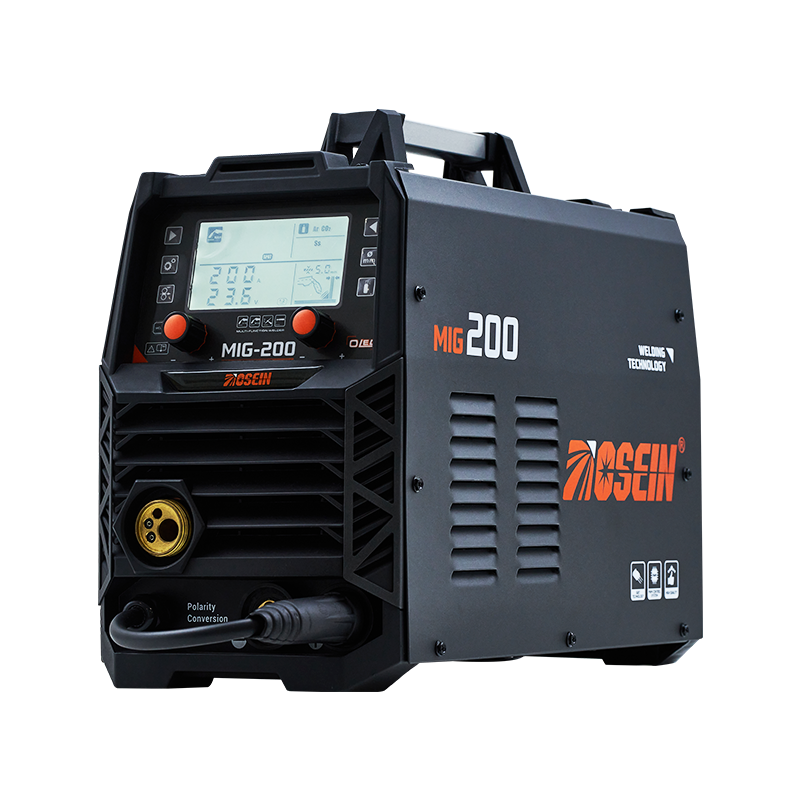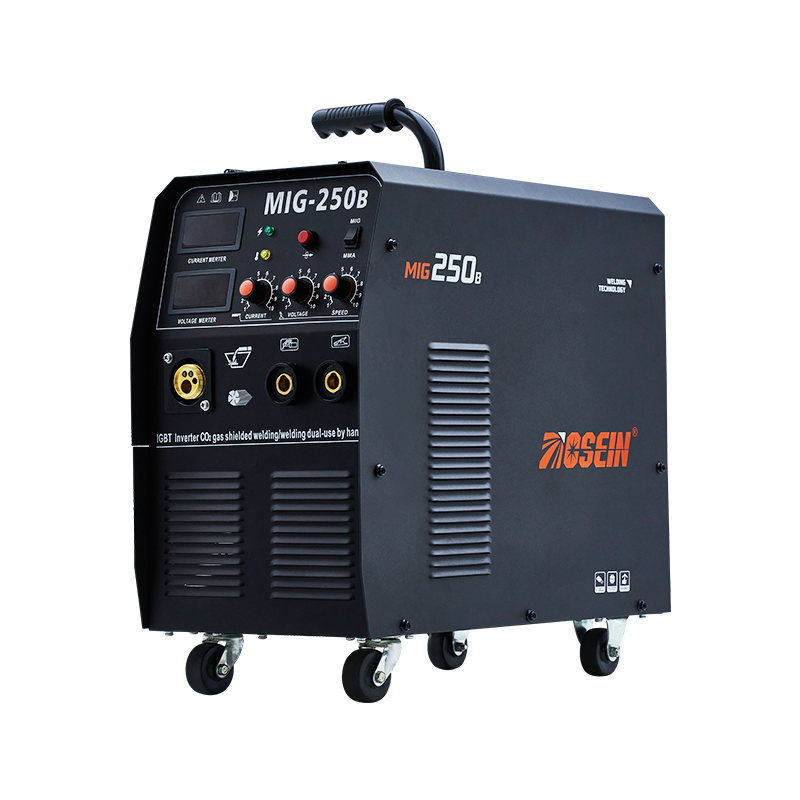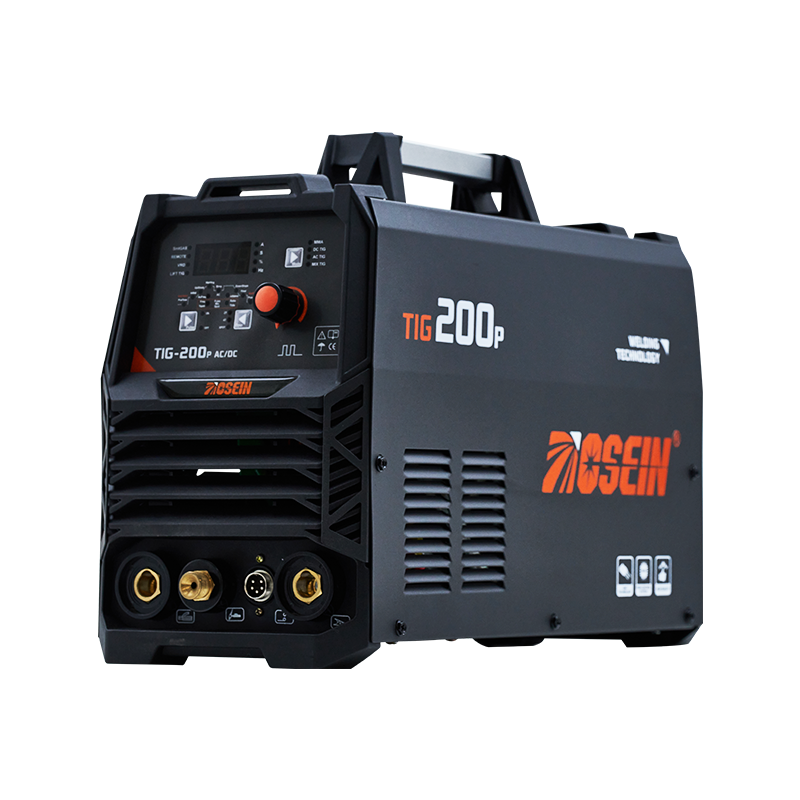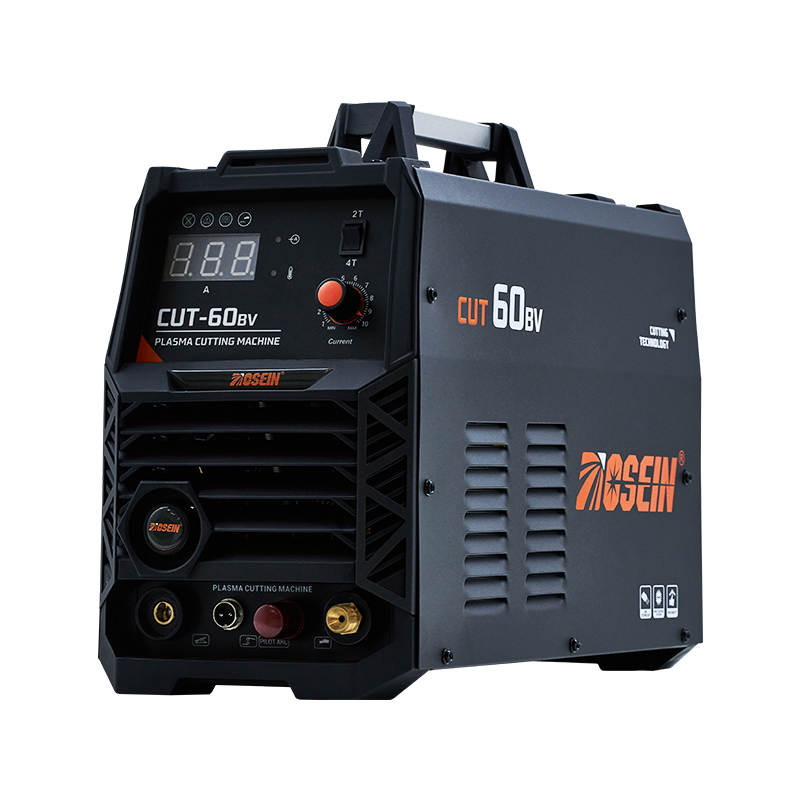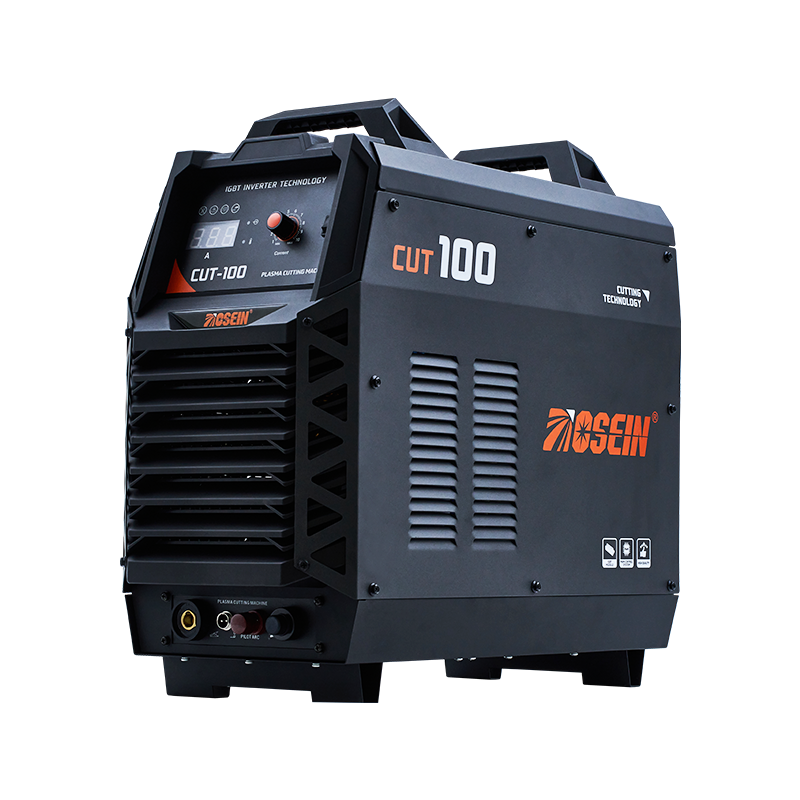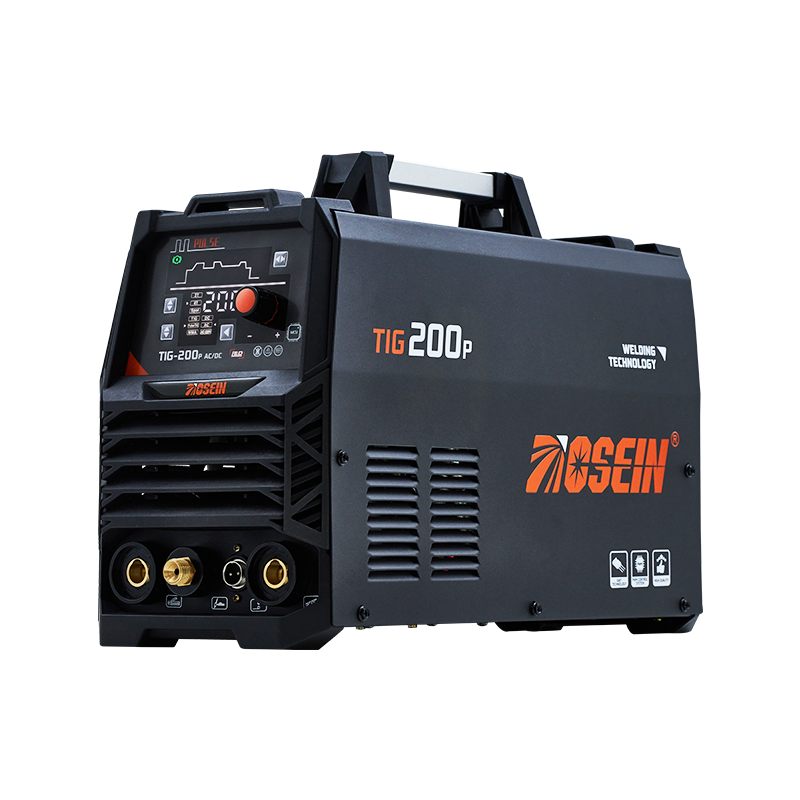
TIG welding is widely appreciated for its precision and clean results, especially when working with materials like aluminum and stainless steel. However, choosing the right type of TIG welder can be challenging for users who need flexibility in different applications.
Understanding AC TIG Welders
A small AC TIG welder operates using alternating current, which is ideal for welding aluminum and magnesium. These metals require a cleaning action during the welding process to remove the oxide layer that naturally forms on their surface. The alternating current provides this action, switching between electrode positive and electrode negative, allowing the welder to clean and fuse the material at the same time.
Small AC TIG welders are often lightweight and simple to use, making them suitable for home workshops or light fabrication projects. They perform well in applications that primarily involve aluminum but are less versatile when it comes to materials like steel or copper that benefit from the stability of direct current.
The Advantage of Small AC DC TIG Welders
A small AC DC TIG welder offers greater flexibility because it can operate on both alternating and direct current. This means the same machine can handle a wider range of materials. The AC mode covers aluminum and magnesium, while the DC mode is used for steels, stainless steels, copper, and titanium.
For users who work with different types of metals, a small AC DC TIG welder provides a practical balance between versatility and performance. The DC mode ensures a smooth, stable arc and deeper penetration on ferrous metals, while AC mode maintains the cleaning function needed for non-ferrous materials. Many modern models also allow users to switch modes easily, improving workflow and efficiency during multi-material projects.
The Role of Small Pulse TIG Welders
A small pulse TIG welder adds another level of precision by controlling heat input. The pulsing current alternates between high and low amperage, reducing the risk of overheating thin materials. This feature helps produce cleaner welds with minimal distortion, especially on stainless steel and thin aluminum.
Although some small pulse TIG welders operate in DC mode only, many can integrate both AC and DC functionality. This makes them ideal for applications requiring fine detail, such as automotive work, aerospace components, or artistic metal fabrication. For welders seeking improved control and reduced rework, the pulsing function is a valuable addition.
When to Choose an AC DC TIG Welder
Choosing between a small AC TIG welder and a small AC DC TIG welder depends on your material range and project type. If your work focuses mainly on aluminum or magnesium, a small AC TIG welder is a simple and efficient choice. However, if you frequently work with multiple metals, the flexibility of an AC DC model becomes worthwhile.
A small AC DC TIG welder also provides more control over heat and penetration, which is useful for precision welding or transitioning between materials in a single project. When combined with pulse capability, it can offer both power and refinement, making it suitable for professional workshops or advanced DIY users.
While a small AC TIG welder is well-suited for specific non-ferrous applications, a small AC DC TIG welder provides the versatility needed for working across different materials. Adding a small pulse TIG welder into the mix introduces even greater precision and control. Understanding the strengths of each type helps welders choose equipment that matches their project requirements. For those handling diverse tasks, the flexibility of an AC DC model offers clear advantages without compromising quality or efficiency.
